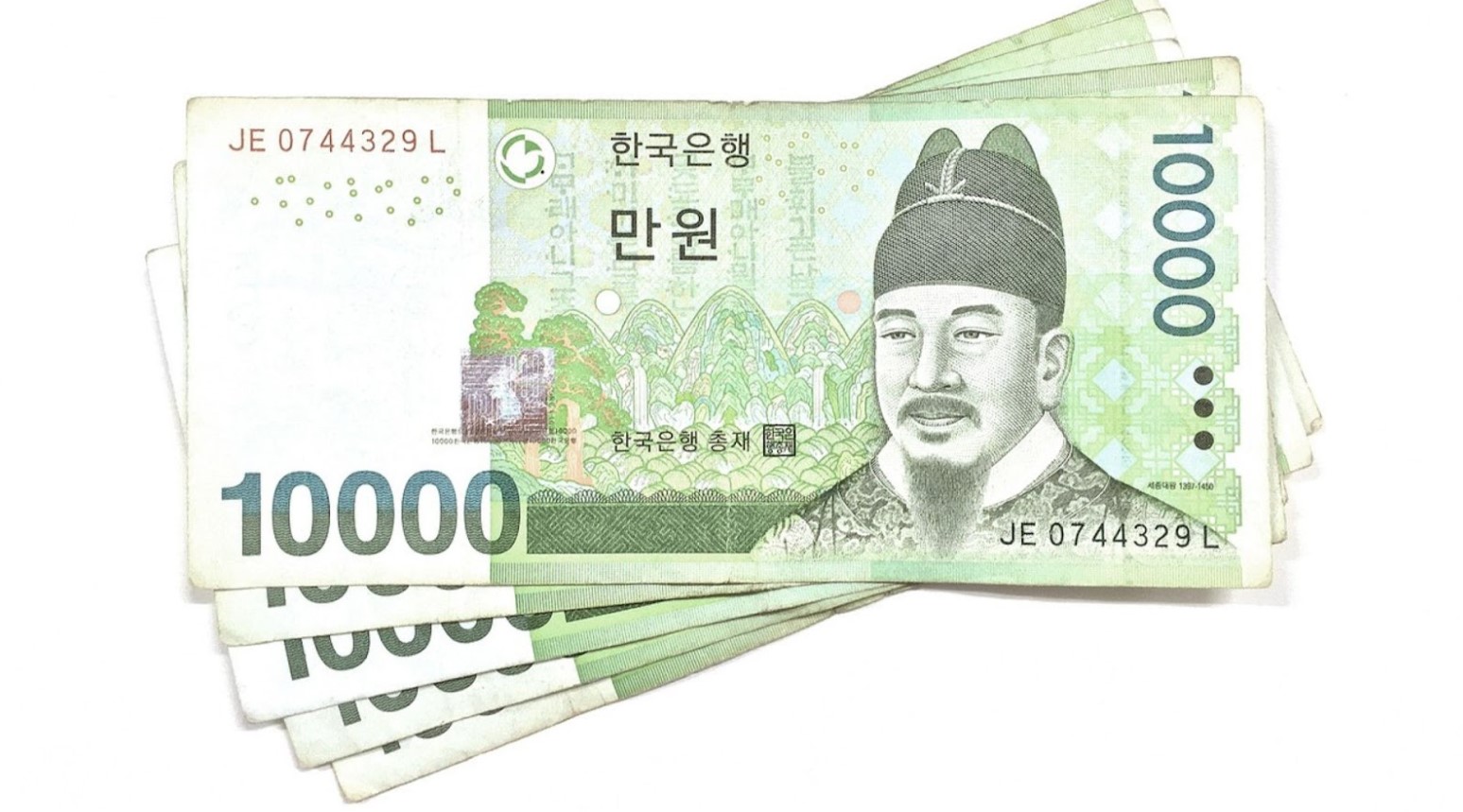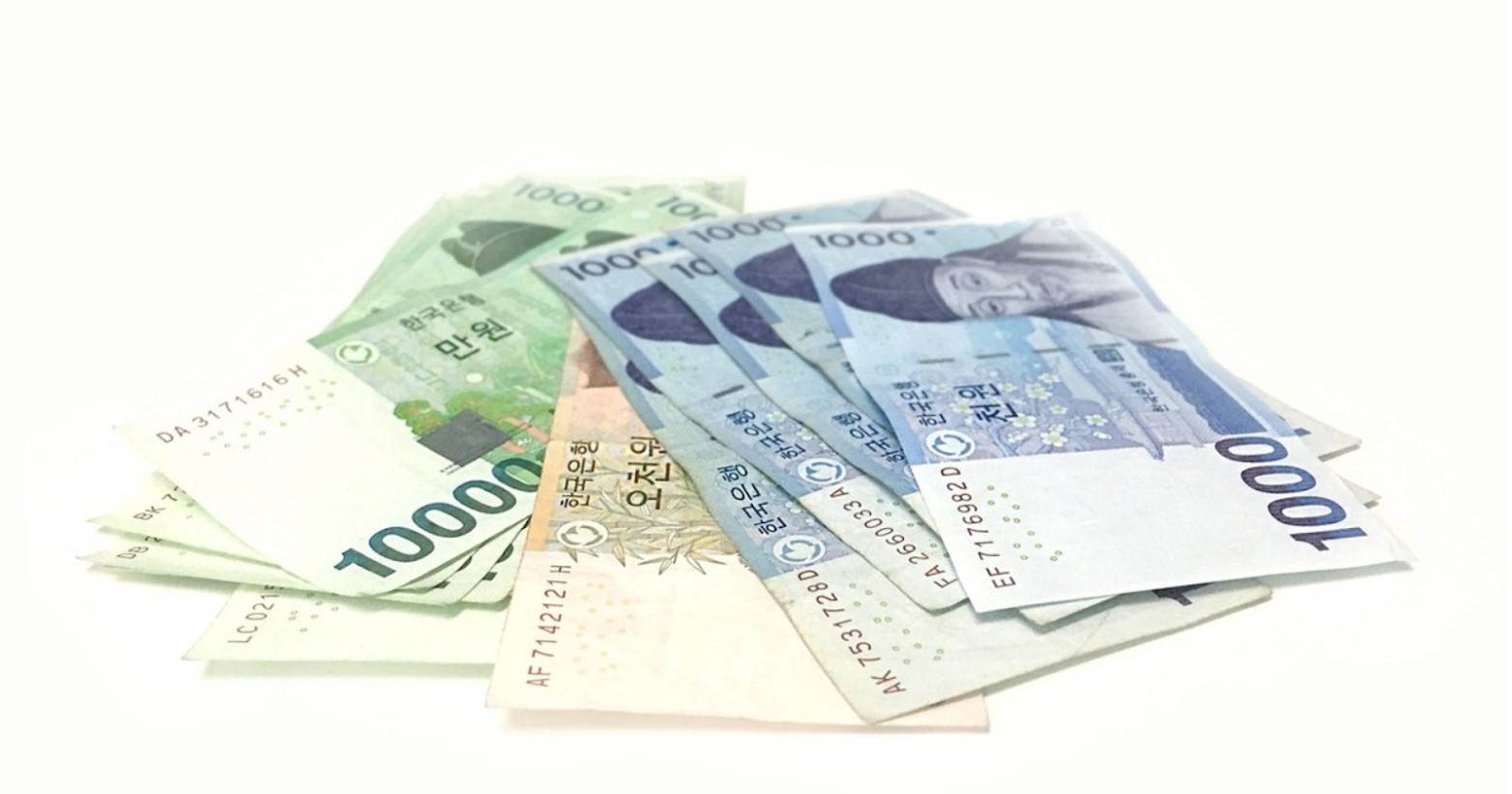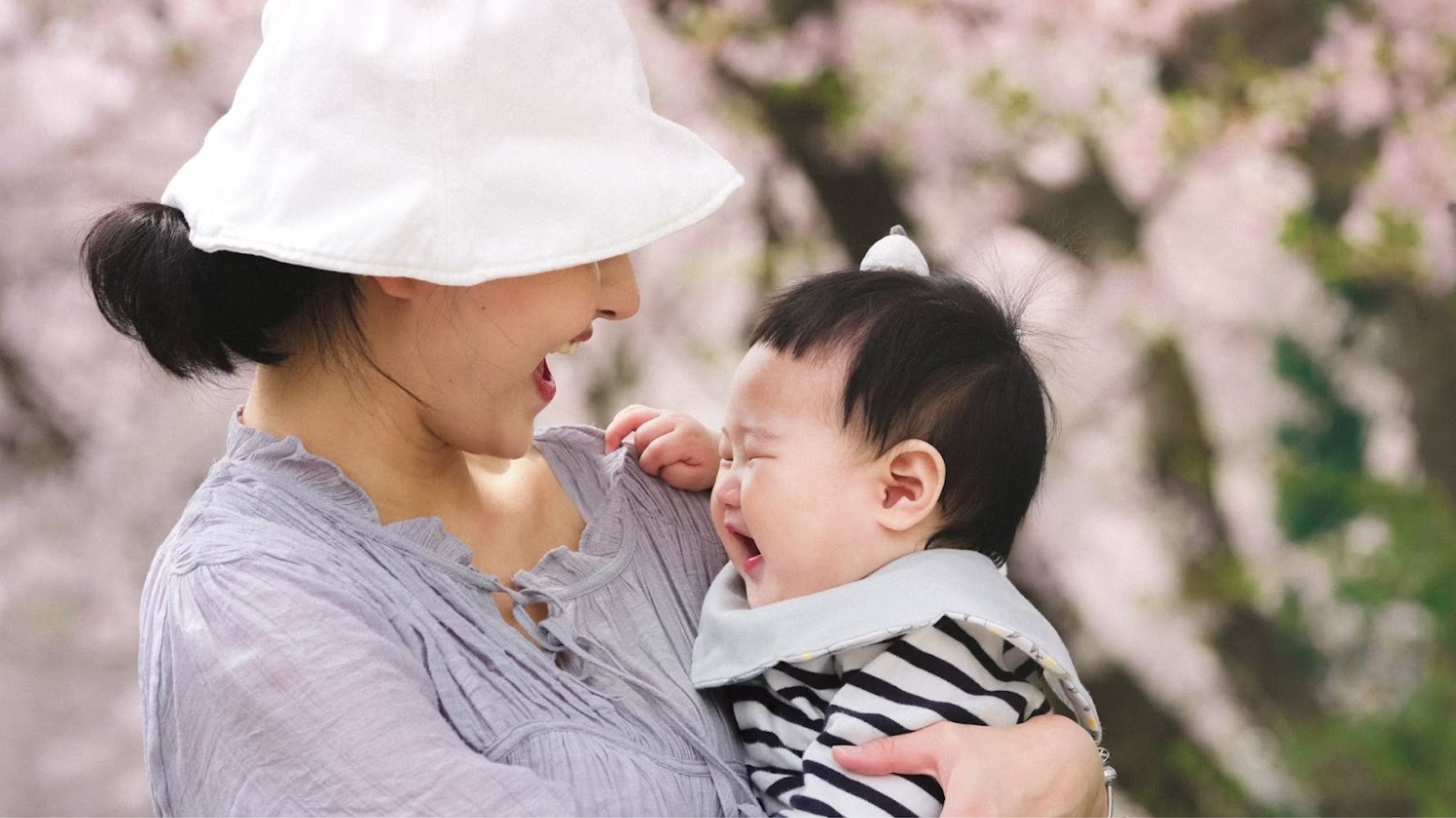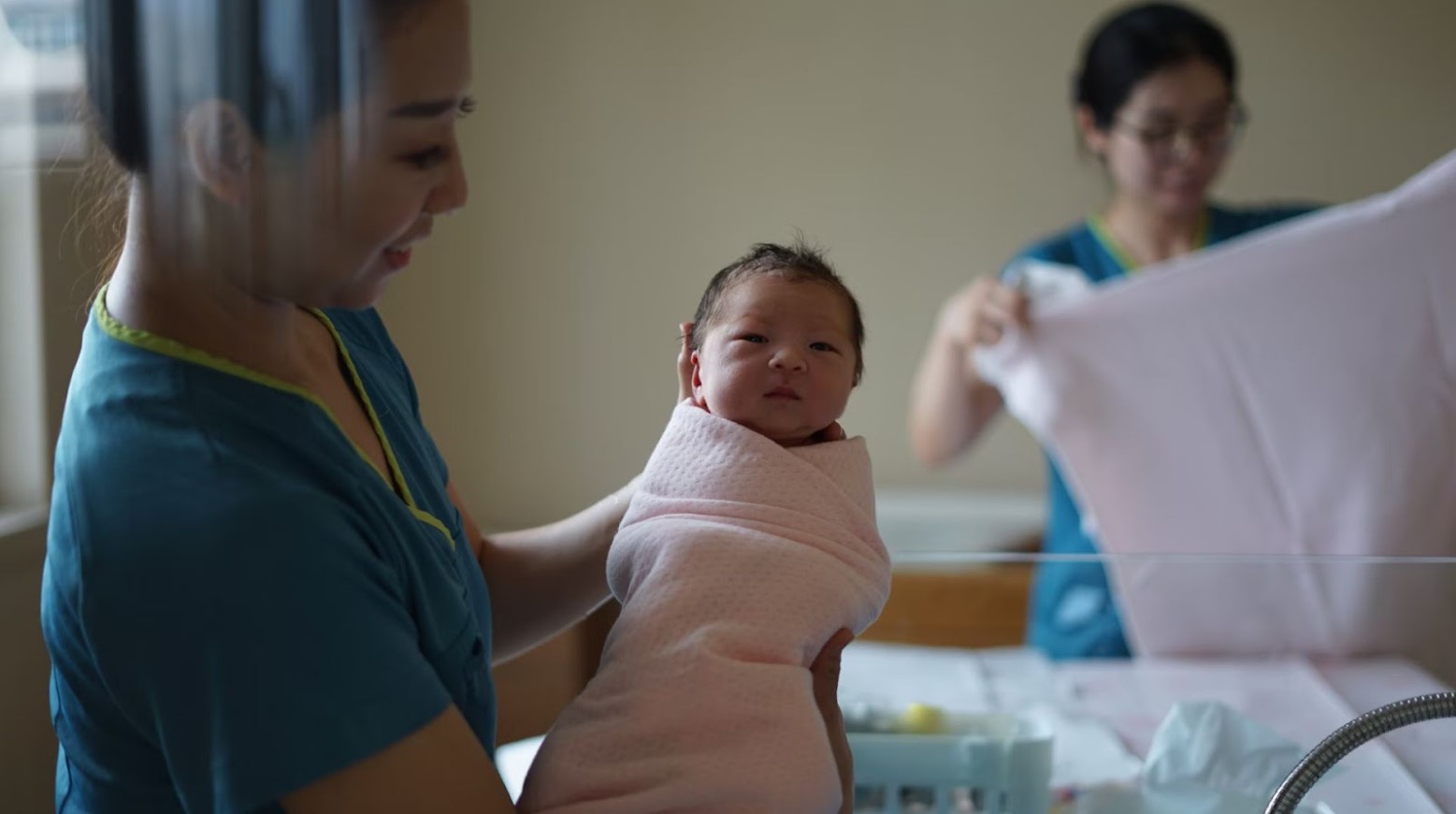With birth rates falling and the cost of living rising, many cities and countries across the world are seeing drops in birth rates and are desperately trying to come up with ways to fix the problem.
Seoul is one city that has seen a drastic fall in birth rates, which is predicted to continue for the next few decades. To try and fix it, the city is offering cash for men to get a vasectomy reversal in the hope this will cause the birth rate to rise.
90% of Vasectomies Can Be Reversed

In what should come as good news to the South Korean government and at least some of its population, around 90% of all vasectomies can be reversed.
This can only happen as long as enough care is taken during the initial vasectomy procedure. If it isn’t, this can make the reversal difficult, and in some cases, it can be impossible.
Seoul Is Offering 1 Million Won

Despite the country having encouraged its men to get vasectomies a few decades ago, South Korea now wants the opposite. So much so that its government is offering 1 million won ($734) to those who are willing to go through a vasectomy reversal to help raise the city’s birth rates.
Medical procedures such as this can be a financial burden on individuals, which is why the government is hoping to ease this by offering the money. However, this will all depend on people actually taking them up on this offer.
100 Million Won Will Pay for Reversed Vasectomies

Seoul’s government has set aside 100 million won in its 1.5 trillion won budget as part of a wider strategy to encourage people to get vasectomies reversed.
If people take the Seoul government up on this, it should hopefully increase the birth rate and help secure the future of the South Korean capital for at least the next few years.
South Korea Has the World’s Lowest Fertility Rate

Out of every single country, South Korea has the world’s lowest fertility rate at 0.72. However, the situation is even worse in Seoul, as it is expected to have the lowest number of births across all major cities.
Current estimates suggest that in every group of 100 women across Seoul, just 55 babies will be born across their lifetimes. If each of these babies were born to different mothers, it suggests that just over half of these women will have one baby in their lifetime.
Seoul’s Falling Population

While Seoul is seeing a drop in birth rates, this also means that its population continues to dwindle. By 2052, it is expected to drop to 7.9 million from its 2022 population of 9.4 million.
As these are only estimates, the situation could be even worse if the current Seoul population doesn’t have enough babies. This is why the government has had to step in before the situation gets past the point of return.
2.1 Is a Stable Fertility Rate

With a fertility rate of 0.72, South Korea is considered unstable when it comes to births, as 2.1 is the fertility rate needed to maintain a stable population.
As the fertility rate in Seoul is only 0.55, this makes the situation even worse. The global average is 2.2, which is the average number of children each woman is expected to have in her lifetime.
China Is Seeing Historically Low Birth Rates

Korea isn’t the only country struggling with its birth rate. China has also been experiencing historically low birth rates over the last two years.
While China’s birth rates had been increasing for six decades, the 2020s changed that. Between 2022 and 2023, the country saw the birth rate decrease by 2 million, taking the overall population to 1.409 billion. This is up from the 850,000 decrease between 2021 and 2022.
Japanese Companies Have Stopped Making Diapers

Japan is another country with low birth rates. However, it has reached the point where two Japanese companies have decided to stop making diapers altogether as there isn’t enough demand for them.
In 2023, there were only 758,631 births in Japan. While this might seem like a lot to some, this is just half the amount of babies that were born in 1983.
People Are Unlikely to Reverse Their Vasectomies

In a consultation with some people in South Korea, those who have had vasectomies say they have no plans to reverse them and doubt many other people would want to do that.
This is particularly for those who already have children and don’t see any more in their future or for those who don’t have children, don’t want children and would never consider having children, no matter how much money they could get from it.
South Korea’s Further Plans to Increase Fertility Rates

Aside from offering financial incentives for vasectomy reversals, the South Korean government is offering other incentives in the hope of encouraging some of its current population to have more babies.
The rising cost of living and the cost of raising a child is putting people off from having children. To help out with this, the government is offering money for women to freeze their eggs, bonuses to companies offering pro-childcare policies and an allowance system that gives parents with newborns over one million won ($750) a month until the baby turns one.
People Have the Right to Choose to Have Children

One of many rights people have is choosing whether or not they have children. If they do have children, they also have the right to choose when and how many children they have.
However, some people are worried that South Korea’s vasectomy reversal policy means governments can easily control the healthcare and reproductive rights of its population — especially as South Korea has done a 180-degree turn on previously encouraging its people to get vasectomies.
